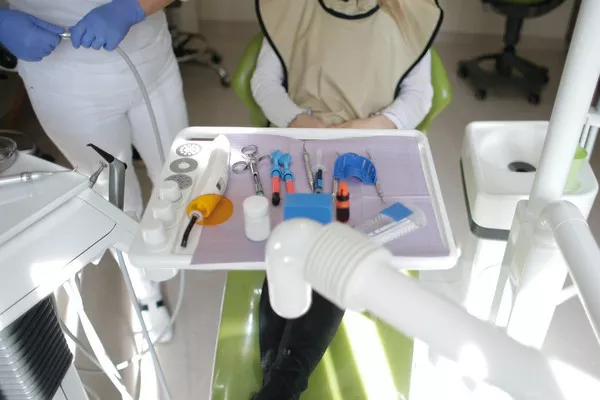Scaling and root planing is a non-surgical dental procedure commonly recommended for individuals with gum disease, also known as periodontal disease. This comprehensive treatment aims to remove plaque, tartar, and bacteria from below the gumline and smooth the tooth roots, promoting healing and preventing further deterioration of oral health. If you are scheduled for scaling and root planing or considering it as a treatment option, understanding what to expect can alleviate anxiety and help you prepare for the process. This article will provide an in-depth overview of scaling and root planing, including its benefits, the procedure itself, post-treatment care, and expected outcomes.
Understanding Gum Disease and the Need for Scaling and Root Planing :
Gum disease is a common oral health condition caused by the accumulation of plaque and tartar on the teeth and along the gumline. If left untreated, it can progress from early stages, such as gingivitis, to advanced periodontitis, potentially leading to tooth loss and other systemic health issues. Scaling and root planing is a crucial intervention to combat gum disease, as it removes the buildup of harmful bacteria and promotes a healthy environment for the gums to heal.
The Procedure: Step-by-Step Guide:
a) Initial examination:
Before performing scaling and root planing, your dentist or dental hygienist will conduct a comprehensive examination of your teeth and gums. This may involve taking X-rays to assess the severity of gum disease and determine the areas that require treatment.
b) Local anesthesia:
To ensure your comfort during the procedure, a local anesthetic may be administered to numb the treatment area. This will eliminate any potential pain or discomfort throughout the process.
c) Scaling:
The first stage involves using specialized dental instruments, such as ultrasonic scalers and hand scalers, to carefully remove plaque, tartar, and bacteria from the tooth surfaces and below the gumline. The dentist or dental hygienist will scale each tooth individually, paying particular attention to the pockets formed by gum disease.
d) Root planing:
After scaling, the next step is root planing. This process involves smoothing the tooth roots to eliminate rough areas and make it more difficult for bacteria to accumulate in the future. The dentist or dental hygienist will use a tool called a curette to gently scrape the tooth roots.
e) Antibacterial rinse:
Following the scaling and root planing, an antibacterial rinse may be used to further reduce the presence of bacteria and promote healing within the treated areas.
f) Follow-up visits:
In some cases, multiple visits may be required to complete the scaling and root planing procedure, depending on the extent of gum disease. Your dentist will determine the appropriate number of visits based on your specific needs.
Post-Treatment Care and Maintenance:
After scaling and root planing, it is crucial to adopt a diligent oral hygiene routine and follow specific post-treatment care instructions provided by your dentist. This will help optimize the healing process and prevent a recurrence of gum disease. Here are some essential post-treatment care guidelines:
a) Gentle brushing and flossing:
Brush your teeth twice a day using a soft-bristled toothbrush and a toothpaste recommended by your dentist. Be gentle along the gumline and use a fluoride mouthwash as directed. Floss daily to remove plaque and debris from between the teeth.
b) Antimicrobial mouthwash:
Your dentist may prescribe or recommend an antimicrobial mouthwash to control bacterial growth and promote optimal healing. Use it as instructed, usually after brushing and flossing.
c) Pain management:
Over-the-counter pain relievers, such as ibuprofen, can help manage any discomfort or sensitivity experienced after the procedure. Follow the dosage instructions and consult with your dentist if you have any concerns.
d) Follow-up appointments:
Regular check-up appointments with your dentist are vital for monitoring your healing progress and maintaining oral health. These visits allow your dentist to assess the effectiveness of the treatment and make any necessary adjustments to your care plan.
Expected Outcomes and Benefits :
Scaling and root planing can offer numerous benefits beyond the immediate removal of plaque and tartar:
a) Reduced inflammation and gum pockets:
Scaling and root planing effectively remove bacteria and toxins responsible for gum inflammation. It helps reduce swelling, redness, and gum pocket depths, paving the way for healthier gums.
b) Improved oral health:
By eliminating the underlying causes of gum disease, scaling and root planing promote better overall oral health. The procedure helps prevent tooth loss, bone loss, and the need for more invasive treatments like gum surgery.
c) Fresh breath:
Gum disease often results in persistent bad breath due to the accumulation of bacteria. Scaling and root planing eliminate these bacteria, leading to improved breath freshness.
Related Topics:































